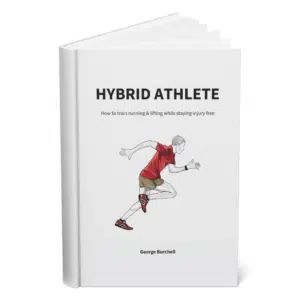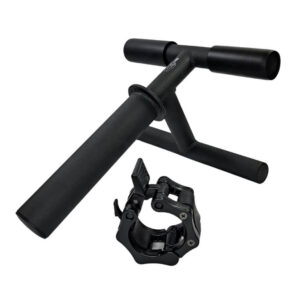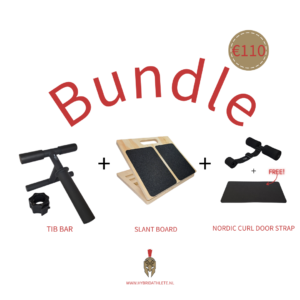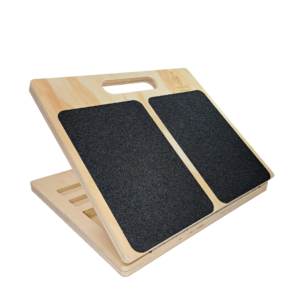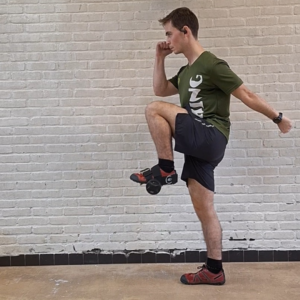
Shin muscles are some of the most left-out muscles when it comes to general exercise. People either entirely forget about them, or in most cases they plan some calf raises for the week and that’s it.
But the shin muscles (which there are plenty of) play a vital role in everyday life. Walking, running, jumping, lifting – even our posture is dictated by our shin muscles.
In the following sections, we’ll cover the essential parts of the shin, covering the most important shin muscles.
Table of Contents
GASTROCNEMIUS
The gastrocnemius (aka the gastroc) is a two-headed muscle at the back of the shin. It’s made of the medial and lateral gastroc head, and it works closely with the soleus muscle.
GASTROC FUNCTIONS
With the soleus, gastroc plays two key roles:
- Plantar flexing of the foot at the ankle joint
- Flexing the leg at the knee joint
This muscle is mostly involved in running and jumping, with a lot of control over the fast, explosive movements.
GASTROC SHIN MUSCLE EXERCISES
Any type of calf raise with your legs straight can be a good gastroc exercise. In fact, if you ever did a classic calf workout, the chances are – you were training your gastroc. So, any form of standing calf raise will do.
If you want to challenge yourself and push plantar flexion to its limits, try a slant board calf raise. The extra dorsiflexion at the starting position allows for a wider range of motion. Here’s how to slant board calf raises:
- Start with a low angle on the slant board
- Stand with your feet facing upward (heels down)
- Push through the balls of your feet and flex your calf
*remember to keep your legs straight and extended to properly target the gastrocnemius.
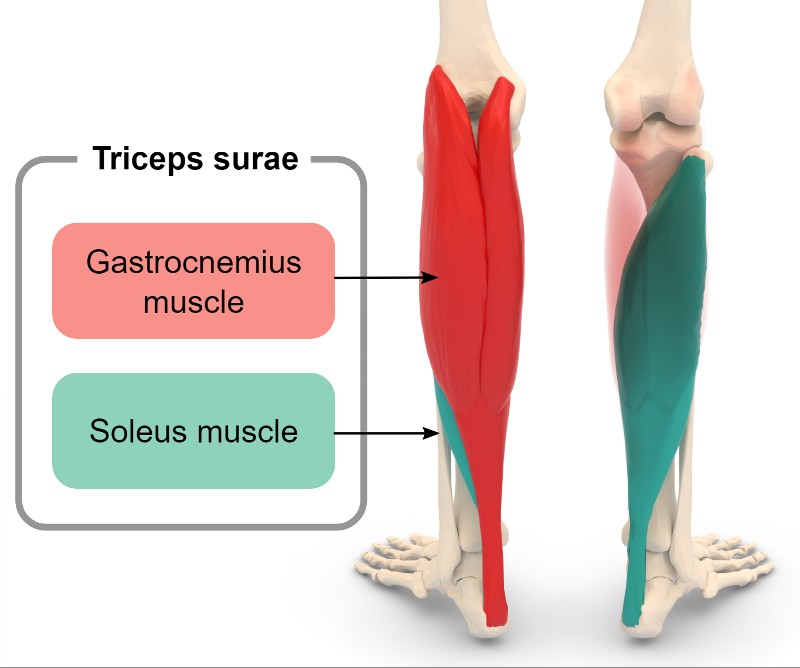
SOLEUS
Closely connected to the gastroc, the soleus originates below the knee joint but does not cross the knee joint. Together, through the Achilles tendon, they connect to the ankle, where they are in charge of plantar flexion of the foot.
Interestingly, the soleus muscle is unique in that it contains a high proportion of slow-twitch muscle fibers, which makes it highly resistant to fatigue and allows for sustained muscle contractions over long periods of time.
SOLEUS FUNCTIONS
The main functions of the soleus are:
- Plantar flexion at the ankle joint
- Key role in walking, running, and balancing your weight during movement
- Essential for keeping a good posture and standing up straight
SOLEUS SHIN MUSCLE EXERCISES
Targeting the soleus shin muscle is a bit more tricky compared to the gastroc. The key is to bend the knee while doing calf raises.
So, you can either opt for standing calf raises with the knees bent (aka knees-over-toes calf raise), or you can even go with sitting calf raises. The former promotes ankle mobility, while the latter can be used for strength gains.
TIBIALIS ANTERIOR
As the most medial anterior muscle of all the shin muscles, the tibialis anterior (often referred to as just the tibialis). Being the antagonizer to the gastroc and the soleus, it plays different roles in the biomechanics of the leg.
TIBIALIS ANTERIOR FUNCTIONS
The tibialis anterior main functions are:
- Dorsiflexion of the foot at the ankle joint (larger dorsiflexor of the foot)
- Inversion of the foot – important for a proper step and gait
- Stabilizes the ankle as the foot hits the ground – important with running and jumping
TIBIALIS ANTERIOR SHIN MUSCLE EXERCISES
Training the tibialis anterior is something we hold close to the heart at Hybrid Athlete. There are two main ways to approach this:
A great example of a tibialis exercise would be the tib bar raise:
- To start, sit on a bench or box with your feet dangling off the edge.
- Put the Tib Bar on your feet and loop your feet within it.
- Then, lift the Tib Bar by flexing your feet upwards (dorsiflexion).
- Hold for a few seconds before gradually lowering the Tib Bar back to the starting position.
- Do this movement for 10-15 reps and try to complete 2-3 sets.
FLEXOR HALLUCIS LONGUS
Lastly, we have a specific shin muscle that doesn’t exactly belong to the shin only. The FHL is located on the fibular side of the leg. It reaches from the fibula to the big toe, which gives it important functions, like balance and arch support.
FHL FUNCTIONS
The FHL, though smaller than the rest of the calf muscles we mentioned, is in charge of the finer movement of the foot. Its main functions are:
- Flexes the joints of the big toe as your foot rises from the ground
- Helps with plantar flexion of the ankle joint (alongside gastroc and soleus)
- Provides a huge help with the “lift-off” movement while jumping and running
- Supports the arch of the foot.
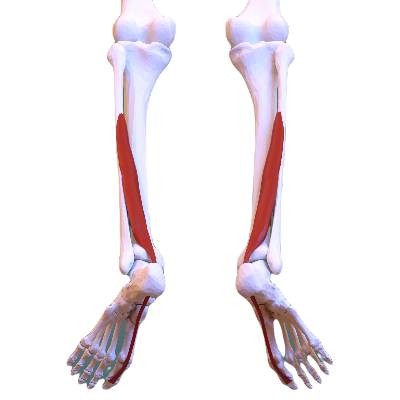
FHL SHIN MUSCLE EXERCISES
It’s not the first time we talked about the FHL (click here for ankle strength exercises). It’s not easy to target as a muscle, so it’s best to start with the basics.
Here’s how to do the FHL calf raise:
- Stand with your feet apart (shoulder-width) while keeping your toes pointing forward.
- Shift your weight to your left foot and raise your right foot.
- Engage your calf muscles and lift your body through the ball of your left foot.
- Hold for a moment. Feel the contraction in your calf muscles.
- Lower your body back to the starting position in a controlled manner.
- Repeat the exercise for reps and switch to the other leg.
STRONG SHIN MUSCLES MAKE A STRONG ATHLETIC FOUNDATION
There you have it – the shin muscles basics you need to start your Hybrid Athlete journey.
After all, the shin muscles are responsible for taking the hit off the ground, absorbing the shock, and, by extension, setting the whole body up for movement.
The biggest benefit of knowing how to treat your calf muscles well is none other than – injury prevention.
So, think about your athletic future and start bulletproofing your body today!
Start your shin strength journey with the right gear:
GET THE BEST INJURY-PREVENTION TRAINING EQUIPMENT:
Above all, a storyteller. Then comes marketing, branding, writing music, powerlifting, and woodworking.

